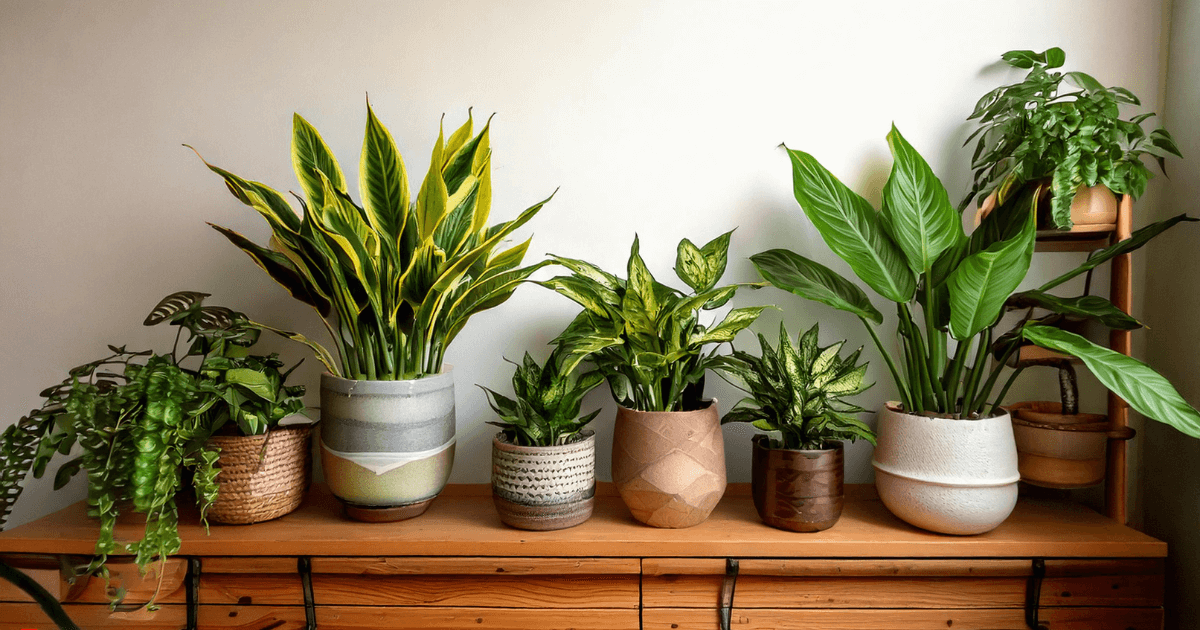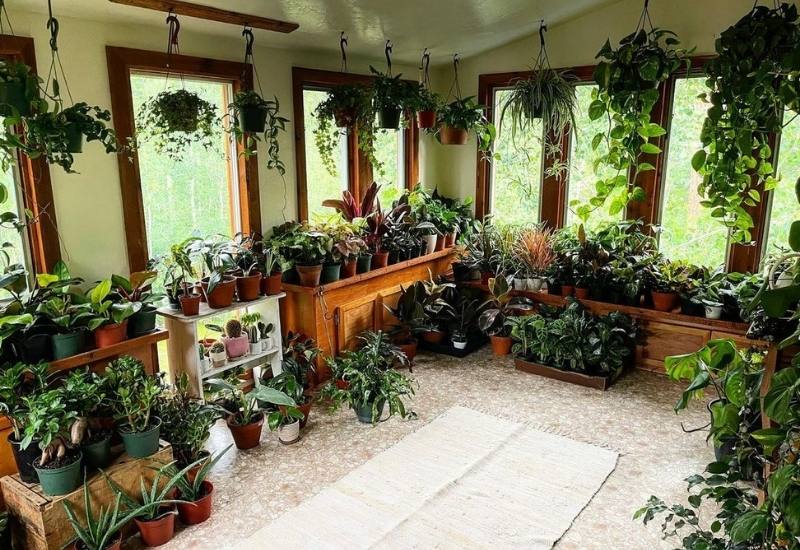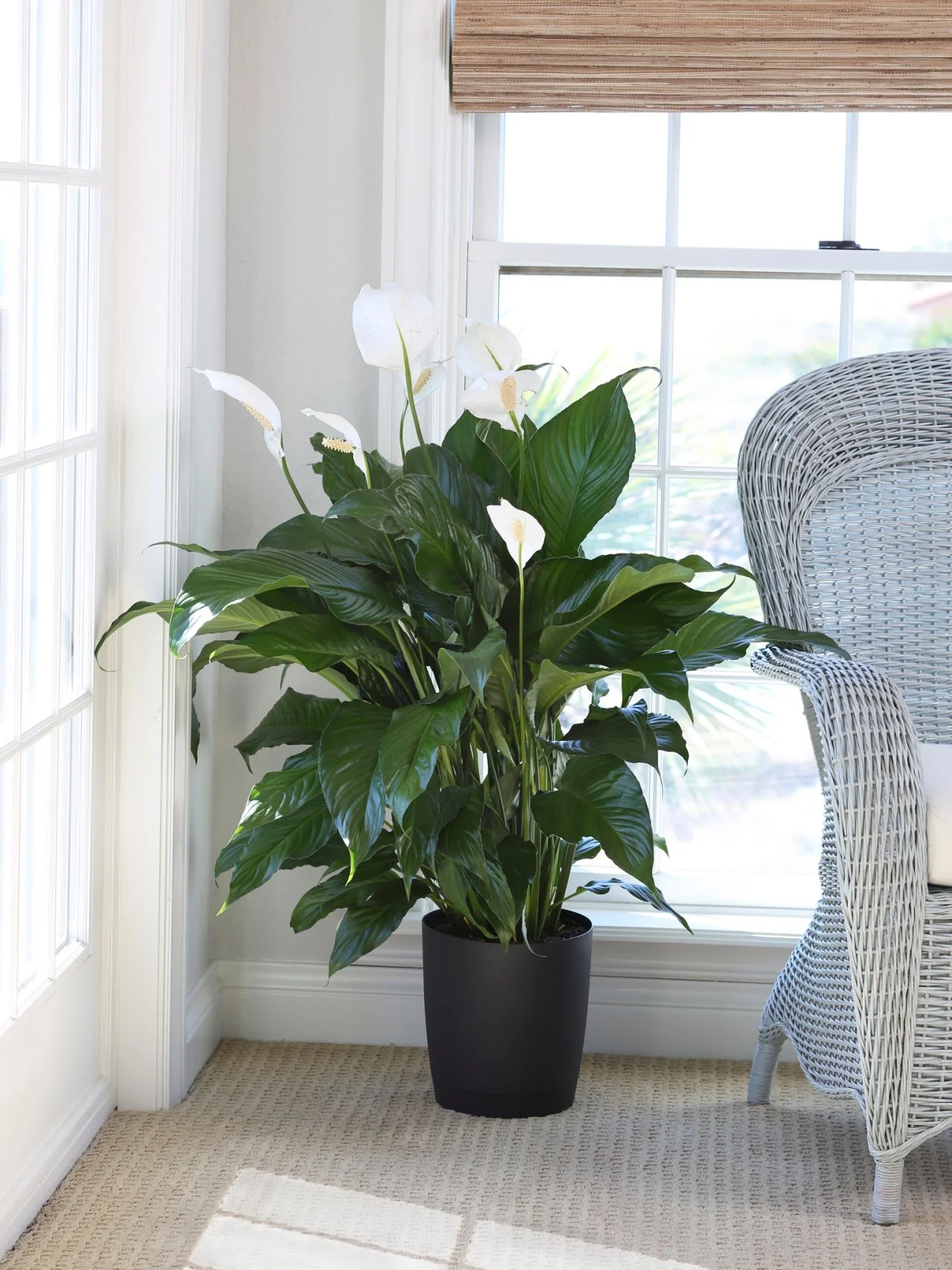A Guide to the Best Low-Light Indoor Plants for Small Spaces
Transform Your Home With Beautiful Low-Light Indoor Plants and Their Benefits
Including low-light indoor plants right into your home can significantly enhance both the aesthetic and environmental quality of your home. These plants, which grow in dark conditions, serve not only as decorative elements but also as natural air cleansers, making them ideal for metropolitan residents or those with restricted sunlight direct exposure. As we discover the numerous sorts of low-light plants and their advantages, you may find unusual methods to integrate them into your home that can change your environments in methods you could not have expected.
Benefits of Low-Light Plants
Low-light plants use countless benefits for interior environments, making them an exceptional choice for both amateur and experienced garden enthusiasts. One of the primary advantages is their versatility to low-light conditions, allowing people to enhance their living rooms without the need for substantial sunlight direct exposure. This characteristic makes them perfect for homes, workplaces, and other locations with restricted natural light.

Additionally, including low-light plants right into home decoration can elevate the aesthetic appeal of an area. Their lavish vegetation and differed structures produce a soothing ambience, contributing to overall well-being. The presence of greenery has actually been connected to reduced tension levels and enhanced performance, making low-light plants a sensible option for enhancing both mental and physical wellness in interior settings.
Leading Low-Light Indoor Plants
While lots of interior plants flourish in intense light, several varieties are especially fit for low-light conditions, making them optimal for numerous indoor areas. One prominent option is the Serpent Plant (Sansevieria), known for its striking upright leaves and strength, calling for marginal treatment. Another outstanding alternative is the Pothos (Epipremnum aureum), which includes heart-shaped leaves and can route magnificently from shelves or hangers, growing in reduced light and adding a lush touch.
The ZZ Plant (Zamioculcas zamiifolia) is celebrated for its glossy leaves and ability to withstand overlook, making it best for hectic way of livings. The Peace Lily (Spathiphyllum) not only tolerates reduced light yet additionally creates sensational white flowers, improving any room's aesthetic.
For an unique touch, consider the Cast Iron Plant (Aspidistra elatior), which indeed meets its name, growing in the darkest corners of your home. Lastly, the Chinese Evergreen (Aglaonema) supplies a selection of leaf patterns and colors while being exceptionally forgiving in low-light problems. These plants not only beautify interior atmospheres yet likewise contribute to air purification, boosting your space.
Care Tips for Low-Light Plants

Watering methods are vital; these plants often choose a little dry problems. Overwatering can lead to root rot, so make certain that the top go now inch of soil is dry prior to sprinkling once again. Usage pots with drainage openings to allow excess wetness to run away.
Humidity is one more vital factor. Several low-light plants, such as ferns and tranquility lilies, benefit from higher moisture degrees. To raise moisture, consider misting the leaves or putting a tray of water near the plants.
Fertilizing should be approached with caution. During the expanding period, make use of a weakened, well balanced fluid plant food each month to sustain development, but avoid fertilizing throughout the inactive winter months.

Innovative Ways to Display Plants
Interior plants can function as captivating focal factors in any kind of room, boosting both aesthetic allure and ambiance. Imaginative screens can boost the aesthetic impact of low-light plants, making them an essential component of your home decor. One effective method is to utilize tiered plant stands, which permit you to showcase several plants at differing heights while making best use of floor room.
Hanging planters are one more cutting-edge choice, developing a feeling of deepness and attracting the eye upwards. Take into consideration macramé hangers or wall-mounted shelves to introduce a distinct structure and design.
For a more structured method, use geometric terrariums or glass containers to house your plants, including a contemporary touch to your interior yard. You can additionally repurpose vintage products, such as teacups or wooden crates, for an eclectic display that reflects your personality.
Enhancing Home Setting With Plants
Integrating low-light plants into your home not just boosts aesthetic charm yet likewise contributes considerably to the overall atmosphere. These plants serve as all-natural design components, introducing a feeling of serenity that can transform any type of room. you can try these out The visibility of greenery cultivates a relaxing atmosphere, which is specifically helpful in high-stress atmospheres such as office or living areas.
Low-light plants, such as serpent plants, pothos, and ZZ plants, are not only aesthetically pleasing yet likewise improve interior air high quality by filtering system pollutants. This twin feature boosts the ambiance further, creating a much healthier living space (Best low-light indoor plants). The critical positioning of these plants can also affect the understanding of room; as an example, high plants can attract the eye upward, making ceilings show up greater and areas extra large
In addition, differing textures and shades of foliage add depth to interior decoration, enabling imaginative expression in home designing. Whether placed on shelves, in corners, or as centerpieces, low-light plants can boost the state of mind of any type of space. In summary, integrating these plants into your home is an effective method to promote a warm, welcoming ambience while profiting of boosted air top quality and aesthetic versatility.
Final Thought
Including low-light interior plants right into home environments provides countless advantages, consisting of boosted visual charm and boosted air top quality. These resilient plants, such as the Serpent Plant and Peace Lily, call for very little light and upkeep, making them appropriate for varied way of lives.
While several indoor plants grow in intense light, several varieties are specifically well-suited for low-light problems, making them optimal for different indoor rooms. One effective approach is to utilize tiered plant stands, which enable you to display numerous plants at differing heights while taking full advantage of floor area.
Low-light plants, such as serpent plants, pothos, and ZZ plants, are not only aesthetically pleasing however likewise boost indoor air quality by filtering contaminants. Best low-light indoor plants. The critical placement of these plants can also affect the understanding of room; for instance, tall plants can attract the eye up, making ceilings appear higher and spaces much more sizable
These resistant plants, such as the Snake description Plant and Peace Lily, require minimal light and upkeep, making them ideal for varied way of livings.